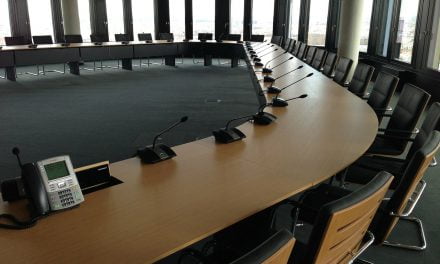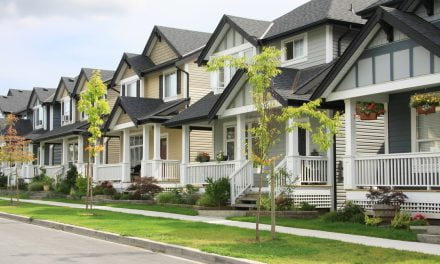California communities with a high volume of foreclosures are struggling to maintain the appearance of their neighborhoods as the influx of renter-occupants invests less time in the upkeep of their homes.
When investors buy up foreclosures and rent them out, the increased renter-to-homeowner ratio means neighborhoods are occupied by fewer homeowners motivated to spend time mowing their lawns and making repairs. Even worse, many foreclosures become vacancies, without even a tenant to hold accountable for overgrown or dead lawns.
Those remaining as long-time residents in foreclosure-plagued neighborhoods are legitimately concerned the increase in rentals will lead to a decrease in the community’s curb appeal — resulting in lower home values for everyone.
The percentage of non-owner occupied homes in various regions across the state ranges from 10% to 50%. Neighborhoods experienced a similar increase in rentals in the early 1990s during the previous economic recession.
first tuesday take: Those who purchased during the Millennium Boom and watched the value of their homes drop to devastating lows are now overwhelmed with distrust for the real estate market. Many are nursing a bruised credit score. They will at some point get out from under their upside down homes, and the employed among them will remain in their jobs in California and rent for a decade or so before regaining the confidence to borrow and buy a home again.
In the current market climate, households transitioning via strategic default and foreclosure find they can rent a larger home for a monthly payment much lower than their previous monthly mortgage payment. When so many are unsure about the future value of real estate and the integrity of mortgage lenders, renting a home becomes a pretty sweet deal.
Those scorned by lost jobs and guttered home prices will most likely find renting a more favorable alternative to plunging back into debt and homeownership. [For more information regarding consumer confidence in homeownership, see the June 2010 first tuesday article, Consumers say they prefer renting to buying and the May 2010 first tuesday article, Homebuyers feel ready and willing to buy, but not financially able.]
Investors purchasing homes in buy-to-let programs over the next 18 to 30 months are certainly going to notice the pick-up in prospective tenants as the jobs return, foreclosures remain high, and rentals become a California fad. Brokers and agents have already used gross revenue multipliers (GRMs) to sell single-family residences (SFRs) to investors, and have definitely taken note of the best rent-to-price ratios since the early 1970s. [For more information regarding GRMs, see the June 2010 first tuesday article, Renting vs. buying: the GRM.]
California’s fast-dropping homeownership percentages show no sign of stopping, and a growing California population of younger people will only perpetuate the trend.
Re: “Rise of rentals pulls others down” from the Press Enterprise














what can i do to get a florida license?
i live in florida now,i am still a california realtor